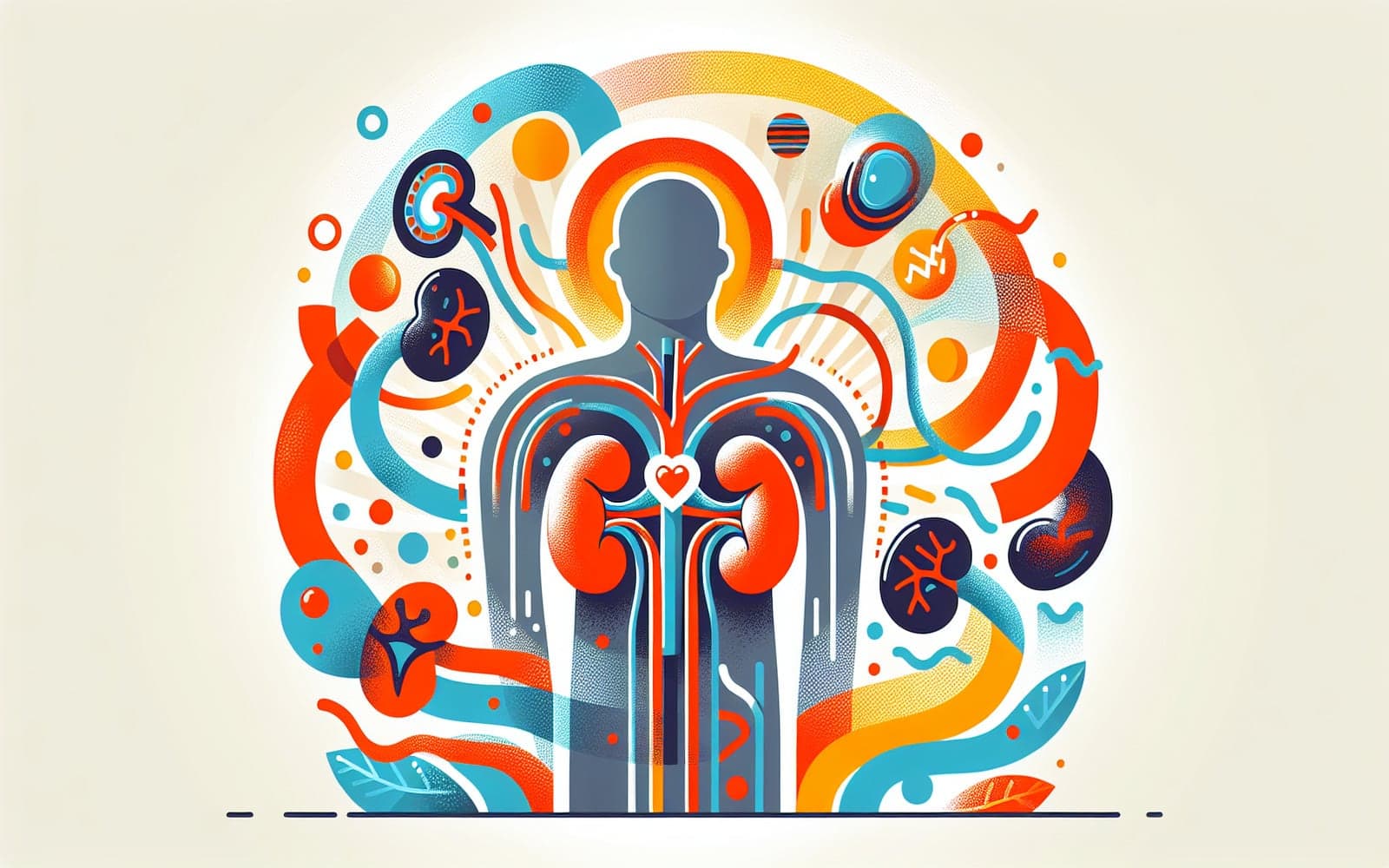Unilateral Renal Artery Stenosis: What You Need to Know
Published: Mar 15, 2024

Medically reviewed by Michelina Stoddard | MD, Ph.D, Joan & Sanford I. Weill Medical College of Cornelle University - San Antonio, Texas on March 15th, 2024.
Renal artery stenosis is a narrowing of the arteries that supply blood to the kidneys. When it affects only one kidney, it's called unilateral renal artery stenosis. This condition can lead to high blood pressure and kidney problems if left untreated.
Contents
Causes and Risk Factors
The two main causes of unilateral renal artery stenosis are atherosclerosis and fibromuscular dysplasia. Atherosclerosis, which is the buildup of plaque in the arteries, typically affects older adults, especially those over 45. Fibromuscular dysplasia, on the other hand, is more common in younger women under 50. Risk factors include smoking, high cholesterol, diabetes, and a family history of heart disease.
Symptoms and Diagnosis
Many people with unilateral renal artery stenosis don't have symptoms. When symptoms do occur, they may include high blood pressure that's difficult to control, unexplained kidney problems, or heart failure. Diagnosis typically involves imaging tests like ultrasound, CT scans, or MRI. These tests can show the narrowing of the renal artery and help doctors determine the severity of the condition.

Treatment Options
Treatment for unilateral renal artery stenosis aims to improve blood flow to the affected kidney and control blood pressure. Options include medications, such as blood pressure drugs, and procedures to open the narrowed artery. These procedures may involve angioplasty (inflating a tiny balloon in the artery) and stenting (placing a small tube to keep the artery open). In some cases, surgery may be necessary to bypass the narrowed section of the artery.
Frequently Asked Questions
While not curable, it's manageable with proper treatment.
A heart-healthy diet may help prevent worsening of the condition.
It's relatively common in older adults with high blood pressure.
Key Takeaways
Early detection and proper management of unilateral renal artery stenosis can help prevent complications and improve quality of life.
Concerned about your risk for renal artery stenosis? Talk to Doctronic, the AI doctor, to learn more about your personal risk factors and potential next steps.Related Articles
References
Safian RD, Textor SC. Renal-artery stenosis. N Engl J Med 2001; 344:431.
Cooper CJ, Murphy TP, Cutlip DE, et al. Stenting and medical therapy for atherosclerotic renal-artery stenosis. N Engl J Med 2014; 370:13.
This article has been reviewed for accuracy by one of the licensed medical doctors working for Doctronic. Always discuss health information with your healthcare provider.

